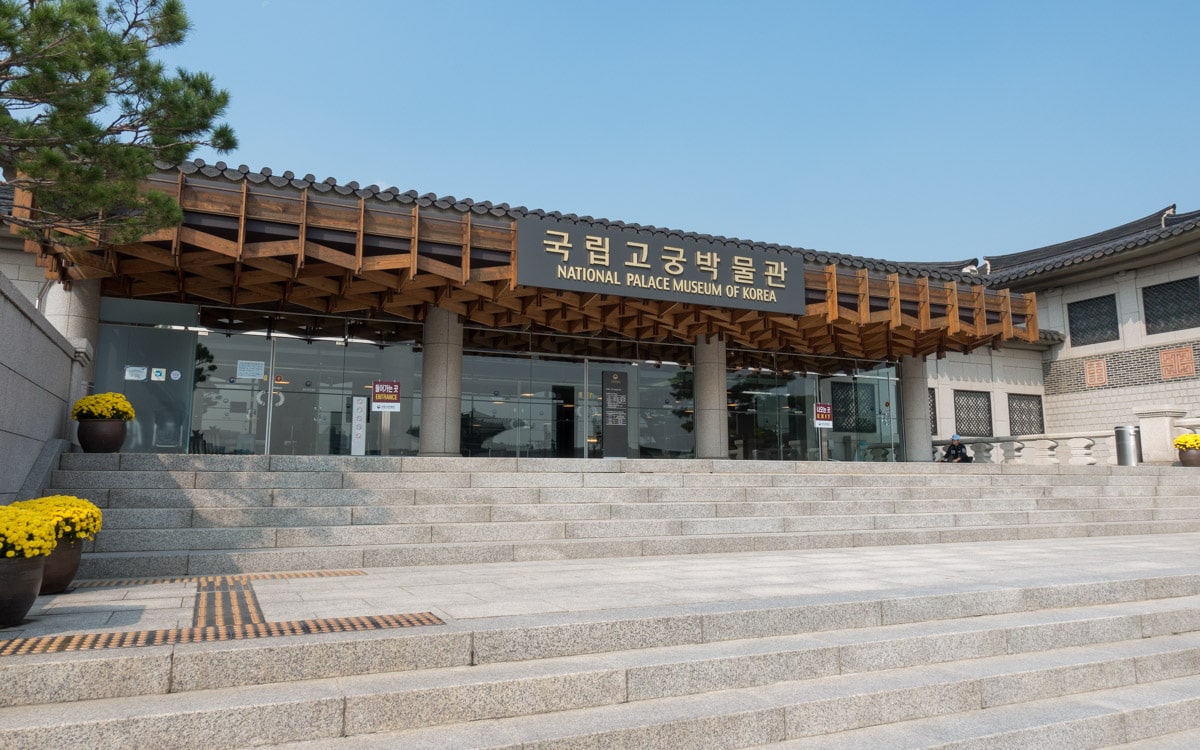
The National Palace Museum of Korea, located on the grounds of Gyeongbokgung Palace, houses a collection of over 900 relics and 40,000 artifacts from the royal court of Joseon Dynasty palaces including Gyeongbokgung, Changdeokgung, Changgyeonggung, and Jongmyo.
Originally, the museum was known as the Korean Imperial Museum when it opened on the grounds of Changgyeonggung in 1908.
Over the years the name has changed named multiple times. During the Japanese occupation in the late 1930s, it was known as the Museum of Yi Dynasty. In 1946, it changed names to the Deoksugung Museum, after the liberation of Korea.
Finally in 2005, it was renamed the National Palace Museum Of Korea and relocated to the grounds of Gyeongbokgung.
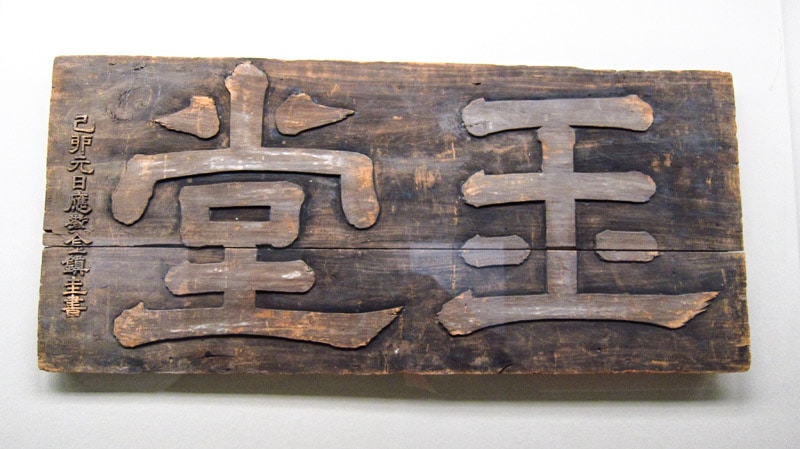
On the first floor you can find displays about royal childbirth, education, and scholarly culture. There are also displays from the Korean Empire including vehicles, photographs, and everyday items that belonged to an emperor. There is also a cafe and shop to buy souvenirs on the first floor.
On the second floor there are exhibitions of the Joseon Dynasty including ceremonial relics, royal seals, clothing, paintings, musical instruments, architectural relics, astronomical devices, royal attire, and water clock.
Down in the basement, visitors can find exhibitions of Joseon music and instruments, paintings, royal ceremonial objects, and a reproduction of a famous self-striking water clock.
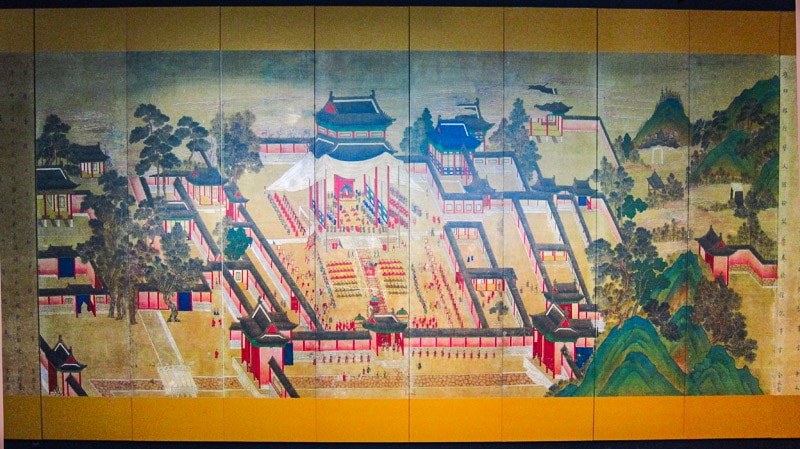
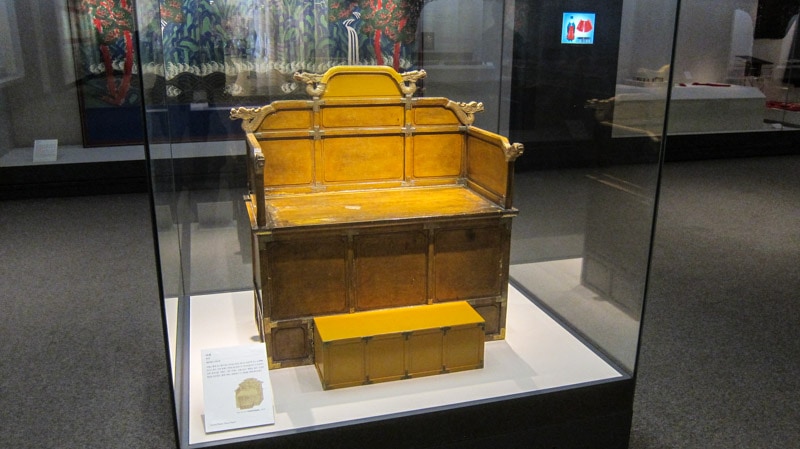
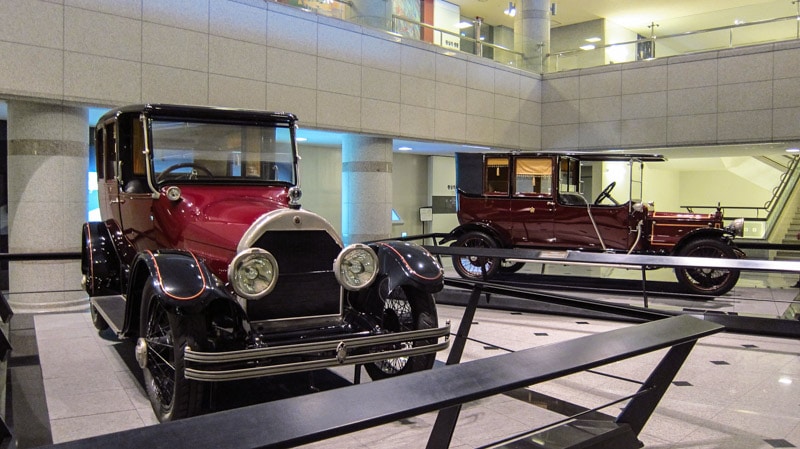
National Palace Museum of Korea Information
Hours
Weekdays : 9:00-18:00
Weekends and Holidays : 9:00-19:00
Last admission 1 hour before closing time.
Free guided tours in English are available at 11:00 and 14:30. Tours start at the information desk on the 2nd floor and take approximately 1 hour.
Closed on Mondays.
Admission
Free. A ticket for Gyeongbokgung Palace is not required.
How to Get Here
The museum is located at the southwest corner of Gyeongbokgung. Option 1Take Subway Line 3 to Gyeongbokgung Station (Exit 5). Option 2Take Subway Line 5 to Gwanghwamun Station (Exit 2).
Map
Nearby Sights
Gwanghwamun Gate
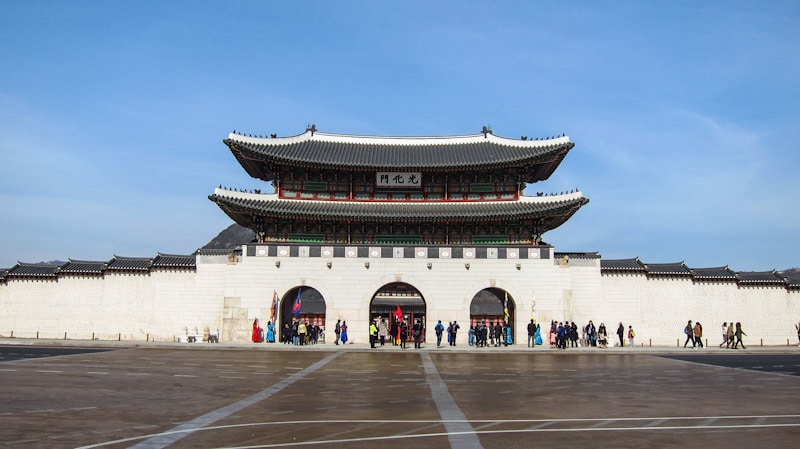
Gwanghwamun Gate is the imposing main gate of Gyeongbokgung Palace. The gate has been rebuilt many times over the years but remains an icon of Seoul. Construction began in 1395 at the beginning of the Joseon dynasty. It quickly became one of the most important gates of the Joseon Dynasty since it guarded the main palace.
Gyeongbokgung Palace
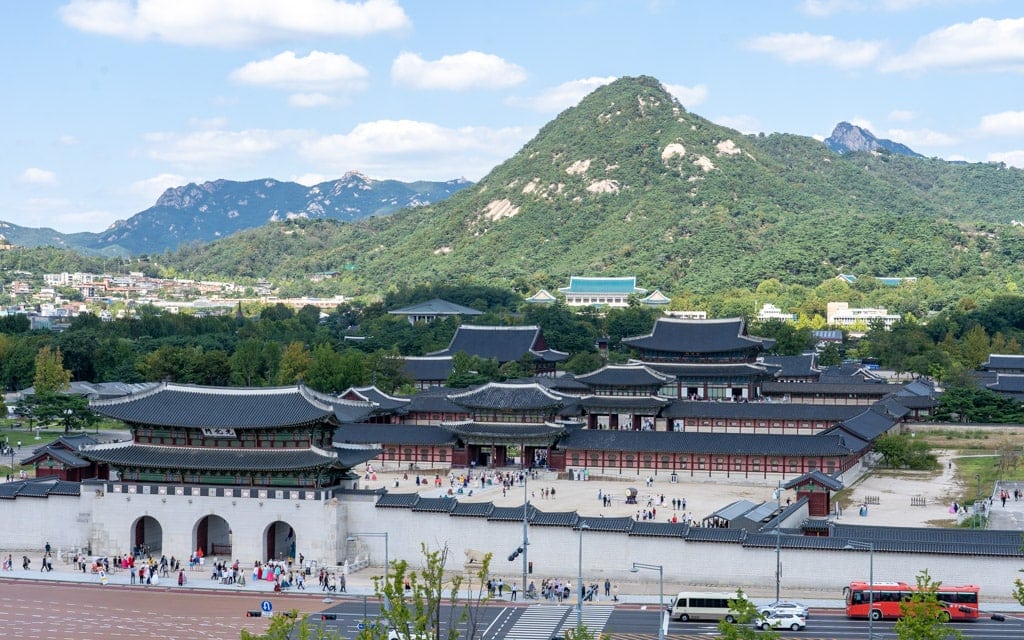
Gyeongbokgung Palace, located north of Gwanghwamun Square, is one of the most iconic sights in all of Korea thanks to its long and storied history. Construction on Gyeongbokgung Palace was completed in 1395 at the beginning of the Joseon Dynasty during the reign of King Taejo. Gyeongbokgung, which means "palace greatly blessed by Heaven," was built in the heart of Seoul surrounded by Mount Bugaksan and Mount Namsan.
Gwanghwamun Square
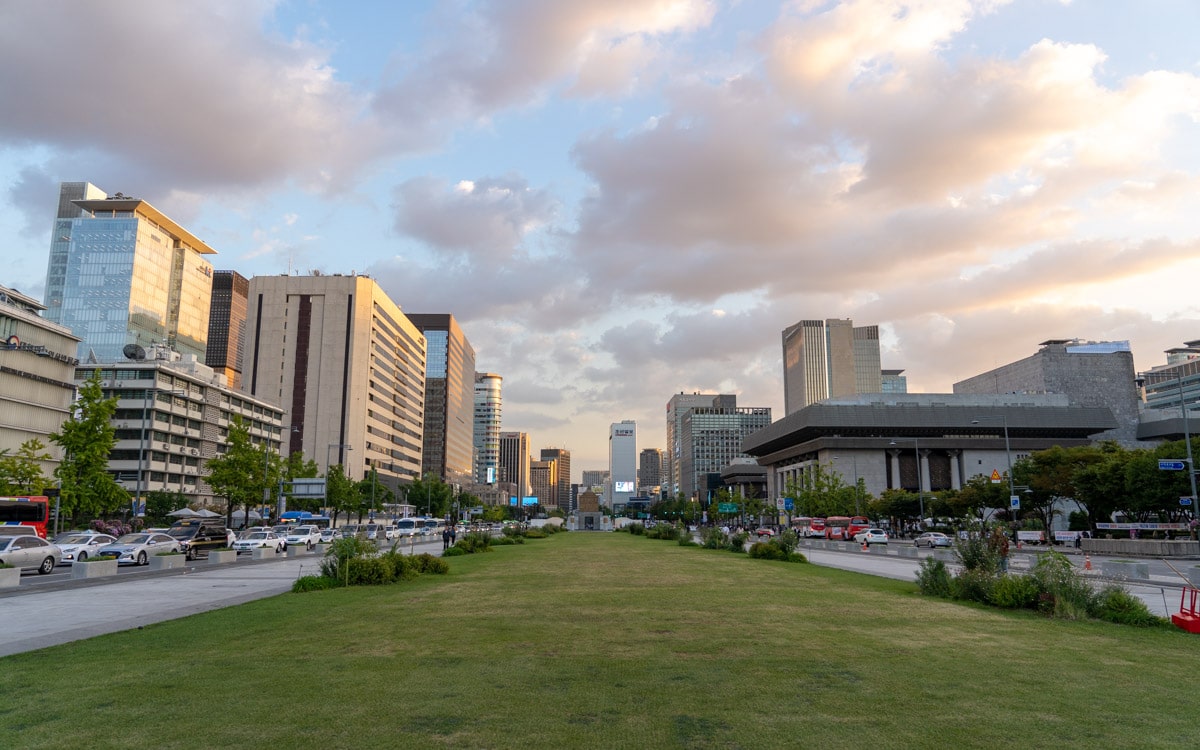
Gwanghwamun Square is a public area located in the heart of central Seoul that features museums, statues, restaurants, and beautiful surrounding views.
Statue of King Sejong the Great
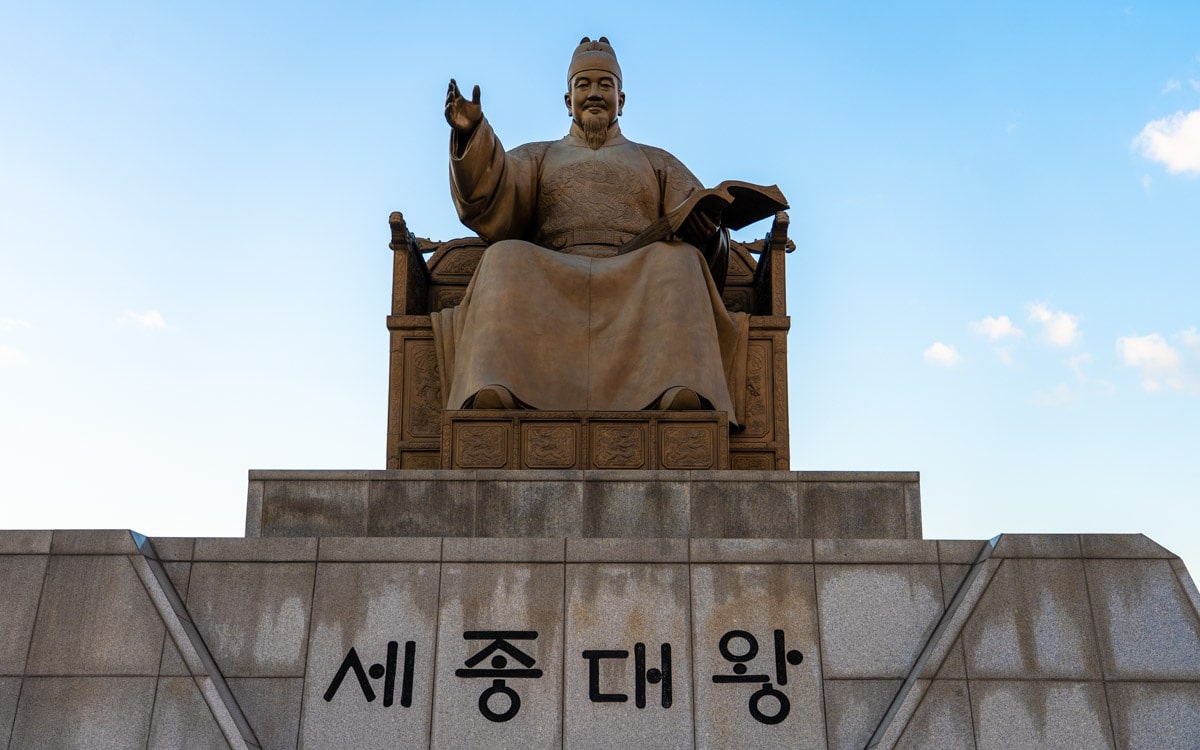
The statue of King Sejong the Great is a golden statue located on Gwanghwamun Square in downtown Seoul near Gyeongbokgung Palace and Gwanghwamun Gate. This much respected fourth king of the Joseon Dynasty reigned from 1418 to 1450.
Tongin Market
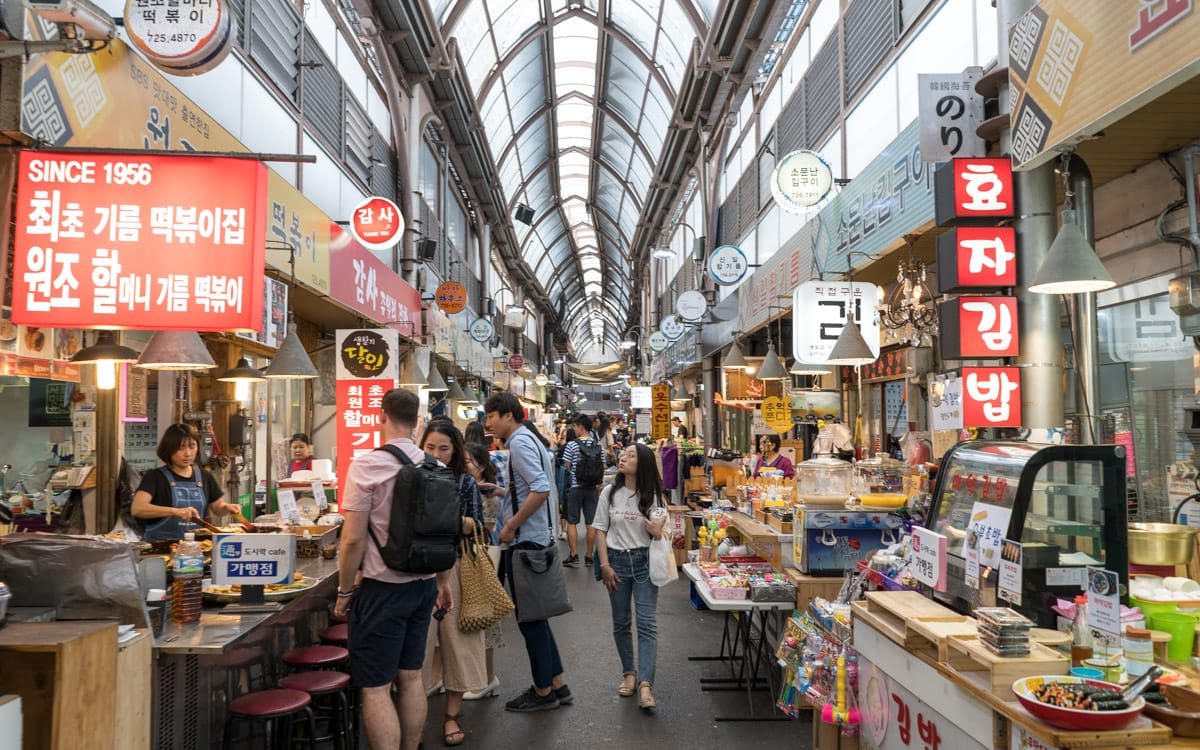
Tongin Market is a traditional market located west of Gyeongbokgung Palace and Seochon Village. The compact market features about 80 different shops along a 200 meter covered alleyway. In addition to restaurants and banchan shops, the market also features Korean street food stalls along with vendors selling a range of fresh produce such as vegetables, fruits, fish, and meat.
Sajik Park
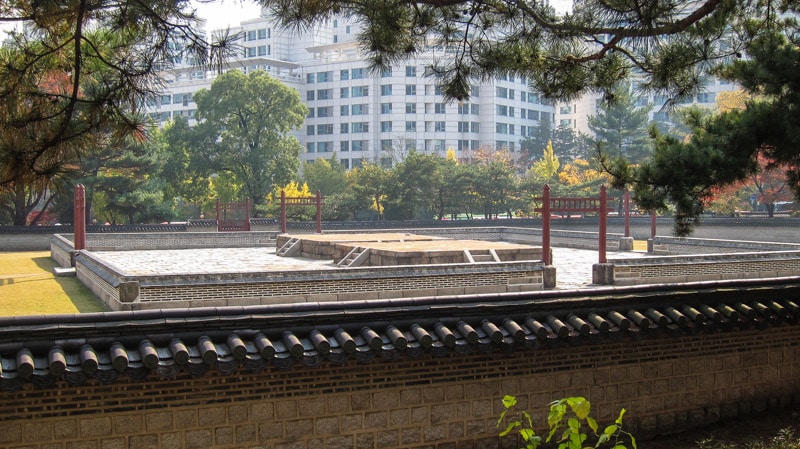
Sajik Park is a park located near the Central Government Complex on the hills of Mt. Inwang. Rites to the deities of earth and grains are performed here. It was here where sacrifices and ceremonies were performed in honor of the deities of the earth and the deities of the grains. These ceremonies and rituals were performed in hopes of a bountiful harvest and included prayers, sacrifices, music, and dance.
Additional Resources
Viator by TripAdvisor
Viator is a popular online platform that helps travelers book tours, activities, and unique experiences worldwide, including in Seoul. It connects users with a wide selection of options – from sightseeing tours to cultural events and outdoor adventures – all offered by local providers.
Book Recommendations
For an immersive guide to Seoul, many travelers choose to bring a book along. Fodor's Seoul, for example, offers detailed recommendations on sights, restaurants, maps, and travel tips.
Learn more about book recommendations
Rakuten
Save money while exploring Seoul with Rakuten's cashback program. Book your hotels or other services through Rakuten and enjoy cashback rewards and exclusive deals.
If you sign up using the link below, you could earn $30 cashback on your first purchase over $30.
Klook
Klook offers discounted tickets and reservations for various attractions and services in Seoul, from theme parks and museums to tours and transportation options.
If you sign up using the link below, you will get $5 off your first order.
Last Updated on Oct 21, 2023